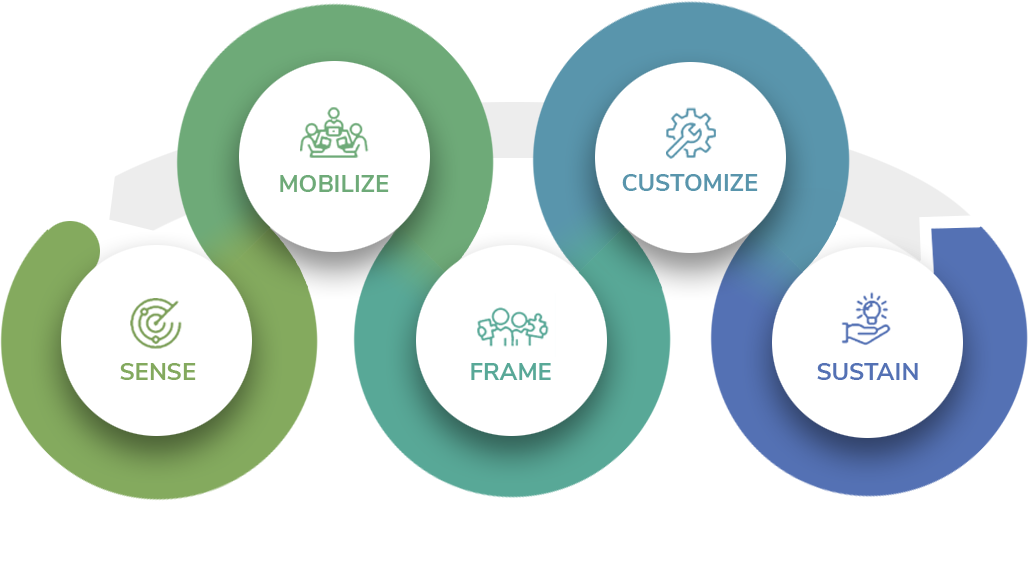Rest Assured: You're not Alone!
Not to worry: you’re not alone, many organizations have faced this situation and successfully turned themselves around. While this may seem like the worst thing that could happen to you, those organizations that have pulled through have used the opportunity to start with a clean slate and position themselves for success.
There Are Immediate Recovery Steps You Can Take
- Engage fresh perspectives: Reach out beyond the existing leadership and involve in the decision making those with new and fresh perspectives. Who are the individuals that the organization respects, listens to, and follows? Enlist them to help guide the turnaround.
- Acknowledge the gravity of the situation: The time for denial is past. Encourage honest talk about what’s happening. At the same time remain optimistic about the future. You can turn things around!
- Do a limited diagnostic: You need to explore and determine where the real problems lie. Start with the symptoms but work back to the underlying root causes. Is the strategy out of date? Does the culture not fit the changing world of customers? Are some components of the Operating Model misaligned and working at cross-purposes?
- Prioritize the critical few: Organizations in trouble can’t fix everything at once, they must make judicious choices. Pick the critical few items that will make the biggest differences. Focus your resources on these. Don’t get distracted.

They took the first two immediate steps as part of the Sense stage:
- Engage fresh perspectives: The foundation had previously involved a broad range of stakeholders to develop strategy. When this group diverged from what the board wanted, they had it shut down. The new board undertook the painful process of inviting them back into the process and addressing their anger and disappointment.
- Acknowledge the gravity of the situation: As the board and extended stakeholder group sat together, they found common purpose in the foundation’s cause, and shifted away from blaming each other. They were then able to jointly confront the harsh realities of their predicament.
They took the next two immediate steps as part of the Mobilize stage:
- Do a targeted diagnostic: To diagnose the DNA components, the extended group needed to agree on strategy. They settled on a three-prong strategy:
- Sharing the sustainability vision through advocacy and education
- Living the sustainability vision through their showpiece visionary facility
- Growing their associated for-profit product & service business
With this, the components needing attention were readily apparent.
- Prioritize the critical few: Two key issues emerged: assembling an integrated education & advocacy function to foster awareness and interest, and rebuilding the infrastructure around their showpiece visionary facility. These helped focus the turnaround efforts.
How Is It Turning Out?
They are currently working through the Frame and Customize stages in parallel. The board and extended stakeholder group are considering an operating model with three segments, one for each prong of the strategy. Through this process, the board is gaining valuable experience in sharing leadership. This has led naturally to different stakeholder groups building bridges and softening boundaries. Multi-level cross-functional task teams are working to address the root cause issues.
The entire organization is eagerly looking forward to the Sustain stage and completing the work of knitting the task teams’ efforts together under the new shared leadership.
You Can Do This Too!
This is only one of many organizations in trouble that we have worked with. While every organization’s situation is unique, if some of the symptoms here mirror ones you are facing, give us a call and let’s further explore.
